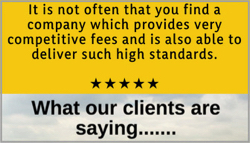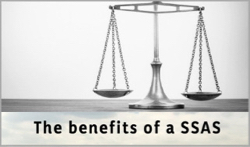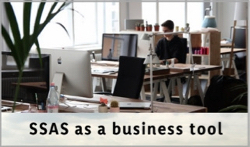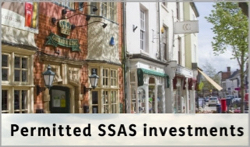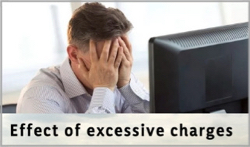SSAS or SIPP - a comparison
A SSAS (a Small Self-Administered Scheme pension) receives contributions and transfers to accumulate a retirement fund for its members in the same way as a SIPP (a Self-Invested Personal Pension). At retirement the choices are the same for both schemes. Note, however, that a SSAS is designed exclusively for shareholding directors (normally those with a controlling interest) and other senior employees. Partnerships and even Sole Traders can also set up SSASs in certain circumstances.
Since April 6, 2006, SSASs and SIPPs have both been regulated by the same tax legislation and regulations. In the eyes of HMRC (Her Majesty's Revenue and Customs) both SSASs and SIPPs are investment-regulated pension schemes, meaning that the basic rules surrounding borrowing, lending and investment are exactly the same for both.
This might suggest that the two schemes are essentially the same. This is not the case. Although the underlying tax rules are the same for both, the legislation is applied differently. If you need a pension arrangement to benefit your business, as well as providing for your retirement, you would probably benefit from having a SSAS. The differences between a SSAS and a SIPP stem from the definition of the sponsoring employer (the company) as contained in the Finance Act 2004. The definition applies to an occupational pension scheme. Current legislation allows investments to be made in the sponsoring employer, but as a SIPP does not have a sponsoring employer a SSAS has much more investment flexibility. Some of the differences are as follows:
A SSAS, unlike a SIPP, can make a loanback to the sponsoring employer in a tax-free manner, thus giving increased financial flexibility to the business. In contrast any loan made by a SIPP to a member, or a person or company connected to the member, would be taxed.
A SSAS can invest up to five per cent of the fund value in the shares of the sponsoring company, subject to ownership and taxable property considerations (and can potentially own up to 100% of the shares as long as their value does not exceed 5% of their issued share capital). It can also buy shares in more than one sponsoring employer so long as the total market value at the time the shares are bought is less than 20% of the value of the SSAS.
A SIPP does not have a sponsoring employer so can theoretically invest up to 100% of the fund in the shares of any company. However, if the company involved is controlled by the SIPP member or an associate, the investment is regarded as being invested in taxable property.
A SSAS is able to invest in commercial property in a tax-efficient manner. However, should either a SSAS or a SIPP directly or indirectly acquire taxable property (ie connected shares or residential property) this will create an unauthorised-payment tax charge on the SIPP or SSAS member. In addition the scheme will be liable to a scheme sanction charge both on the income from the taxable assets and on the capital gains on their disposal. This means it is not feasible for SIPPs to invest in a company controlled by a scheme member, as virtually every purchase made by that company would be an unauthorised payment.
Note that when a SSAS owns a property it is not always necessary to update the title if a member transfers out or dies as a SSAS is a single trust. This is not the case for a SIPP where multiple individual trusts combine for a purchase. In the event of a member’s death, benefits can be passed down to future generations in a SSAS without costly trust conveyance at each juncture. This makes a SSAS a desirable succession planning vehicle.
A SSAS can hold a wider range of investments than a SIPP. See Permitted SSAS investments.
For shareholding company directors, managing a SSAS is almost certainly cheaper than running a series of SIPPs, especially when dealing with SSAS Practitioner.com.
For a no-obligation discussion regarding SSASs please call us free on 0800 112 3750.
